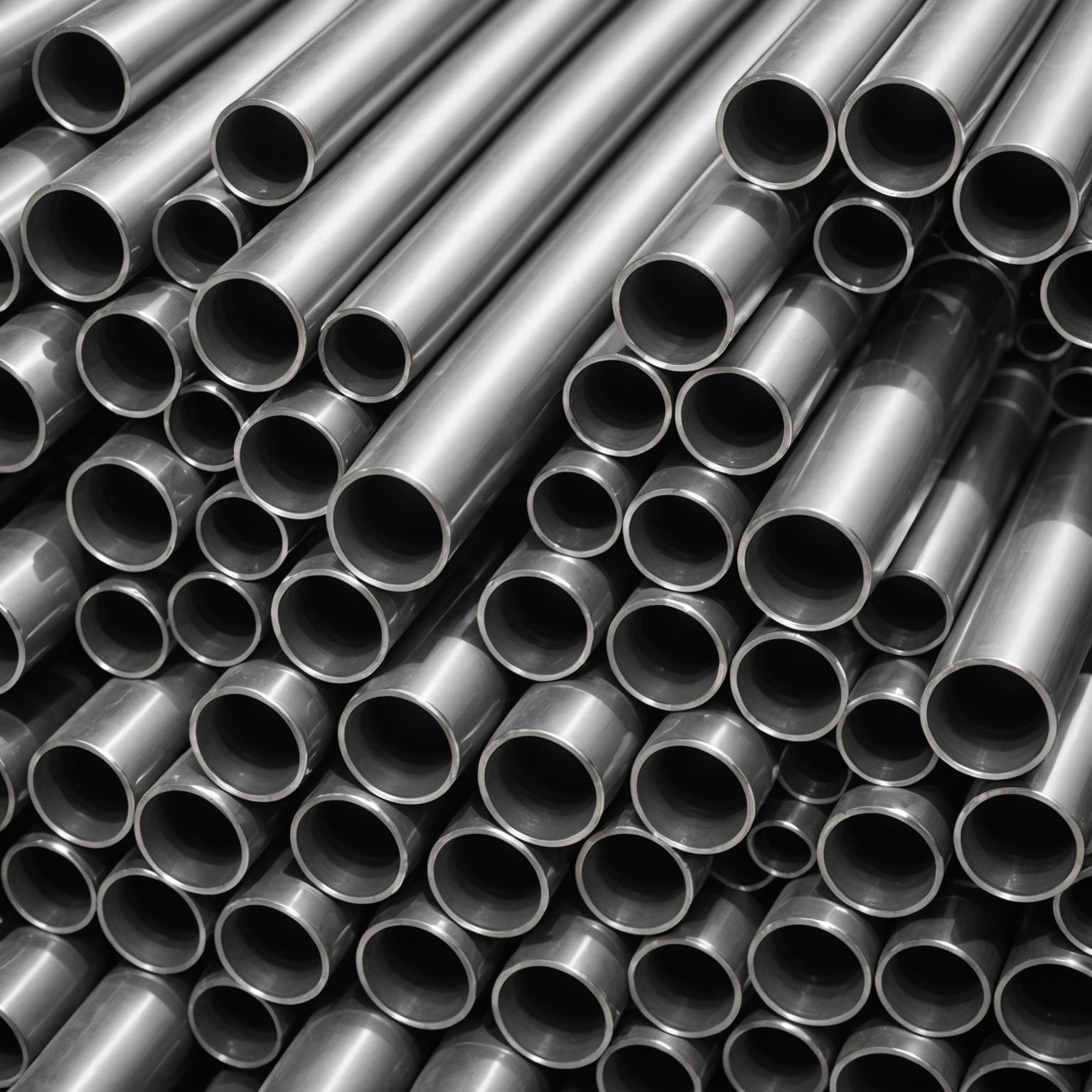Selecting the appropriate dimensions for components is a critical step in any engineering, construction, or manufacturing project. This is especially true when you need to determine the correct stainless steel pipe thickness for your application. This decision goes far beyond simple measurements; it is a crucial factor that directly impacts the structural integrity, safety, performance, and cost-effectiveness of your entire system. Whether you are designing a high-pressure fluid transport line, a structural frame, or an architectural element, choosing a wall thickness that is too thin can lead to catastrophic failure, while selecting one that is too thick can result in unnecessary material costs and weight. This guide will walk you through the essential factors to consider, helping you make an informed and reliable choice.
Key Factors Influencing Pipe Thickness Selection
Before delving into charts and specifications, it's vital to understand the primary forces and conditions your stainless steel pipe will encounter. The first and most important consideration is the pipe's intended application. A pipe used for a low-pressure water line in a residential setting has vastly different requirements than one used for transporting corrosive chemicals under high pressure in an industrial plant. You must clearly define the operational parameters. This includes the maximum internal working pressure the pipe must withstand. Systems carrying pressurized gases or liquids require walls thick enough to prevent rupture, and calculations often include a safety factor to account for potential pressure surges. Furthermore, consider any external loads or stresses. Will the pipe need to support its own weight over a long span, bear additional weight from other components, or endure vibrations and mechanical stress? These structural demands necessitate a thicker wall to prevent bending or buckling.
Understanding Pipe Schedules and Dimensions
The term you will most frequently encounter when specifying pipe wall thickness is the 'pipe schedule' (SCH). A pipe schedule is a standardized system that defines the approximate wall thickness for a given pipe size. It's important to note that the relationship is not linear across all sizes. For a specific Nominal Pipe Size (NPS), a higher schedule number corresponds to a thicker pipe wall. For instance, a 4-inch NPS Schedule 80 pipe has a significantly thicker wall than a 4-inch NPS Schedule 40 pipe. Conversely, a Schedule 40 designation does not represent the same absolute thickness for a 2-inch pipe as it does for a 6-inch pipe. Standards like ASME/ANSI B36.19 specifically address stainless steel pipes, providing a definitive reference for dimensions, including outside diameter (OD) and wall thickness for each NPS and schedule combination. When making a selection, always refer to these official standard charts to ensure your chosen dimensions align with industry-wide specifications for reliability and compatibility.
The Critical Role of Material Grade and Environment
While this guide focuses on thickness, the specific grade of stainless steel you choose is intrinsically linked to the required wall dimension. Different grades offer varying levels of strength and corrosion resistance. The most common grades are 304/304L, which is a versatile, all-purpose choice for many environments, and 316/316L, which contains molybdenum, offering superior resistance to chlorides and other corrosive agents. In some cases, opting for a higher-strength steel grade might allow for a slightly reduced wall thickness while still meeting performance requirements, potentially leading to weight and cost savings. The operating environment is equally critical. A pipe exposed to saltwater, de-icing salts, or harsh industrial chemicals will corrode faster than one in a controlled, dry, indoor setting. For these aggressive environments, you may need to select a thicker wall to provide a 'corrosion allowance'—extra material thickness intended to be sacrificially lost to corrosion over the pipe's service life without compromising its structural minimums.
A Practical Guide to Choosing the Right Thickness
To systematize your decision, follow these practical steps. First, comprehensively define your project's operational requirements: document the fluid or gas being transported, maximum pressure, temperature range, external loads, and environmental conditions. Second, consult the relevant engineering codes and standards for your industry, such as those from the American Society of Mechanical Engineers (ASME). These documents provide the foundational safety and design rules. Third, for any application involving pressure containment or structural loads, it is imperative to perform calculations or consult a qualified engineer. Formulas like Barlow's formula are used to calculate the necessary wall thickness to handle internal pressure safely. An engineer can analyze all combined stresses to specify a thickness that guarantees safety and longevity. Finally, conduct a cost-benefit analysis. Compare the cost of different schedule pipes and material grades. The optimal choice is not always the cheapest upfront but the one that provides the required performance and service life for the lowest total cost of ownership. Making the right decision on stainless steel pipe thickness balances safety, performance, and budget.
Common Pitfalls and How to Avoid Them
Navigating the selection process can present a few common traps. One significant error is confusing pipe with tubing. While similar, they are specified differently. Pipe is designated by a nominal size (NPS) and schedule, whereas tubing, like our premium Stainless Steel Precision Tubing, is defined by its exact outside diameter (OD) and a specific wall thickness (e.g., in inches or millimeters). Tubing is often used for applications requiring high precision and a smoother finish, such as in heat exchangers or instrumentation lines. Another pitfall is relying on guesswork or anecdotal evidence instead of empirical data and engineering principles. The consequences of under-specifying a pipe's thickness are severe, ranging from leaks to catastrophic system failures. Always base your decision on calculations and established standards. By understanding the core principles of pressure, load, and environmental impact, and by leveraging standardized schedules and professional expertise, you can confidently select the perfect pipe for a project that is built to last.








